Car makers love to play on their history and former glories, but none has made an investment to preserve its past quite like Mercedes-Benz.
The company’s vast Classic collection now has more than 1300 vehicles and grows every year. Mercedes has saved at least one example of everything it has produced throughout most of its long history, plus numerous racers, one-offs and prototypes. Only a small percentage of these are displayed in the museum at Stuttgart at any time, and although others are lent to other institutions and dispatched to historic events, most live in the careful stasis of long-term storage.
Occasionally, though, Mercedes lets some of them out to play. At the recent opening of the company’s vast new proving ground at Immendingen, 80 miles from Stuttgart, journalists were given the chance to experience a selection of Classic’s brightest stars in a controlled environment. And I was lucky enough to be invited to this hands-on history lesson.
It was definitely a shallow dip rather than a deep dive, the combination of social distancing and Germanic organisation – with cars in loosely themed groups – limiting time in each to no more than 10 minutes. For some of the larger groups, we had to make choices about what to miss out on.
My day starts with some very gentle off-roading in a G-Class 4x4² (Classic didn’t want to risk any body damage), but the next rotation turns things more interesting. This takes place on Immendingen’s dynamic handling circuit and features four compelling performance cars – a 190E 2.5-16 Evolution II, a CLK DTM, an SLS Black Series and a new GT R – as well as DTM and Formula 1 veterans Bernd Schneider and Karl Wendlinger to act as chaperones.

Being given free choice of what to drive first is a proper ‘where do I throw my beach towel?’ moment, but I opt to start with the 190E, both as a personal favourite – I own a non-Evo version of the same car – and because I suspect that it will feel tame compared with the others.



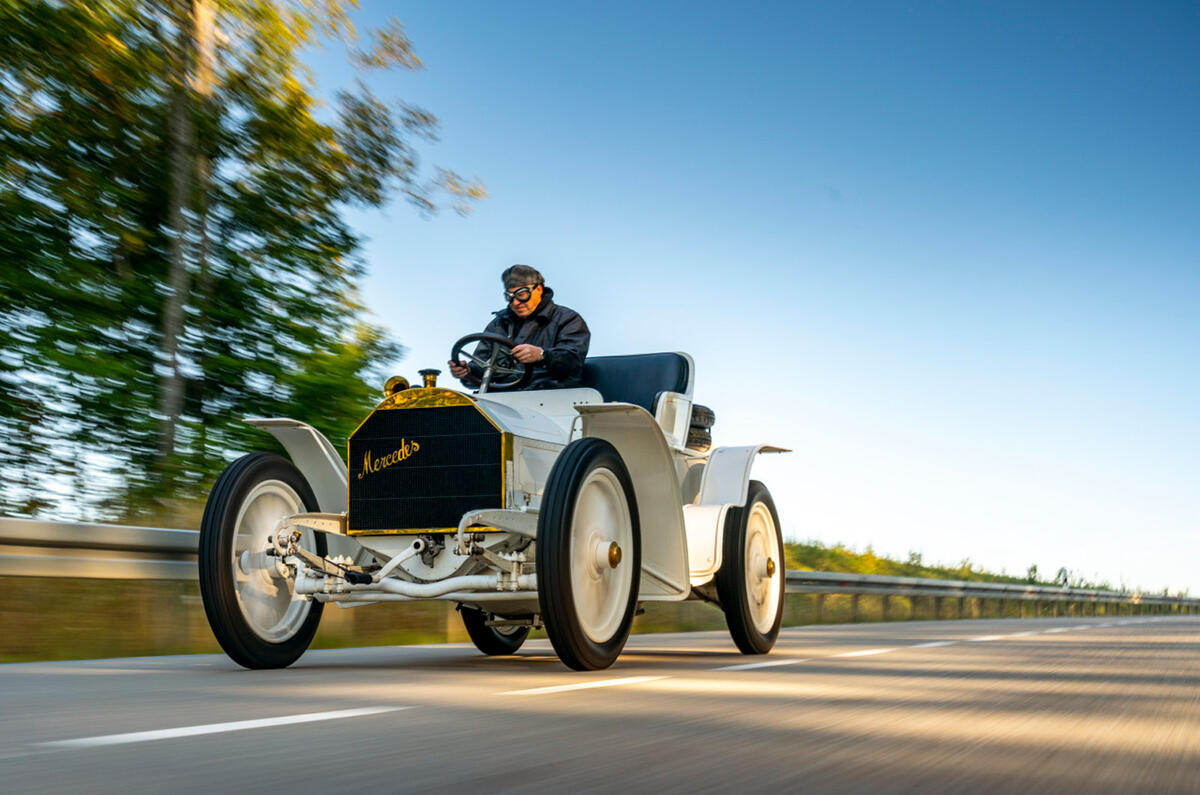



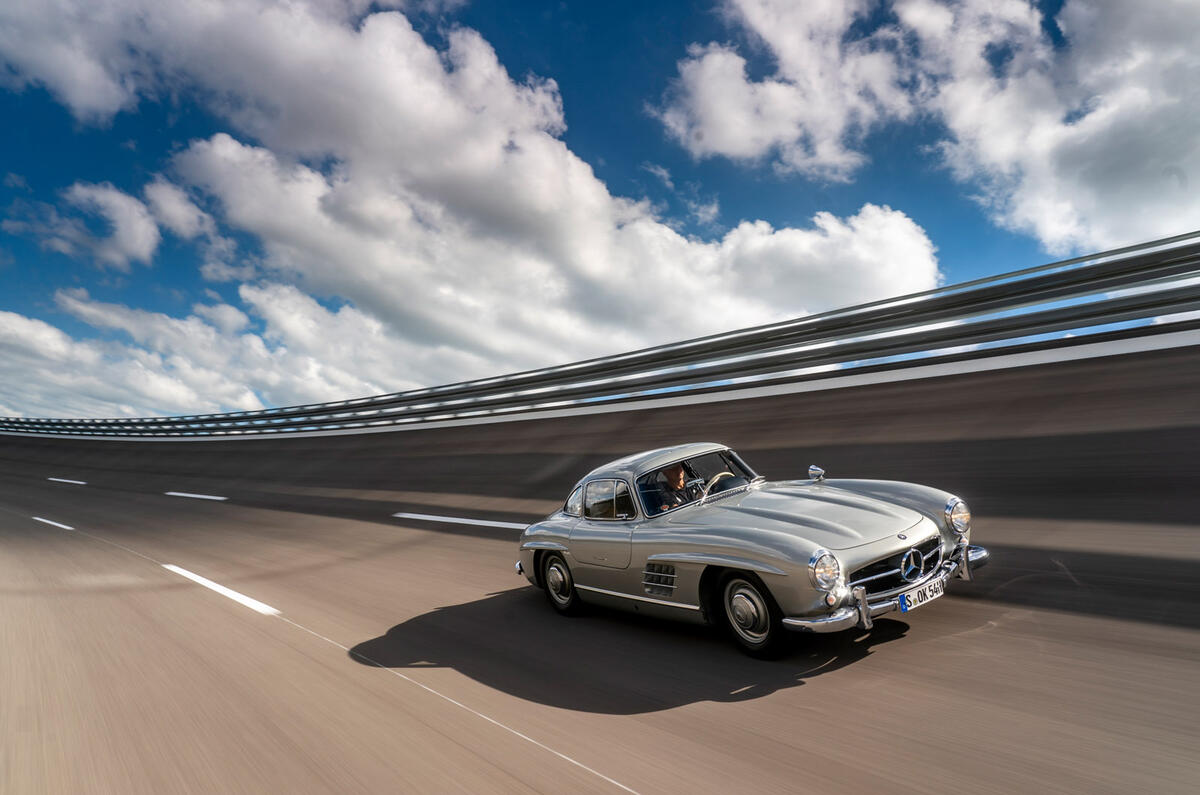
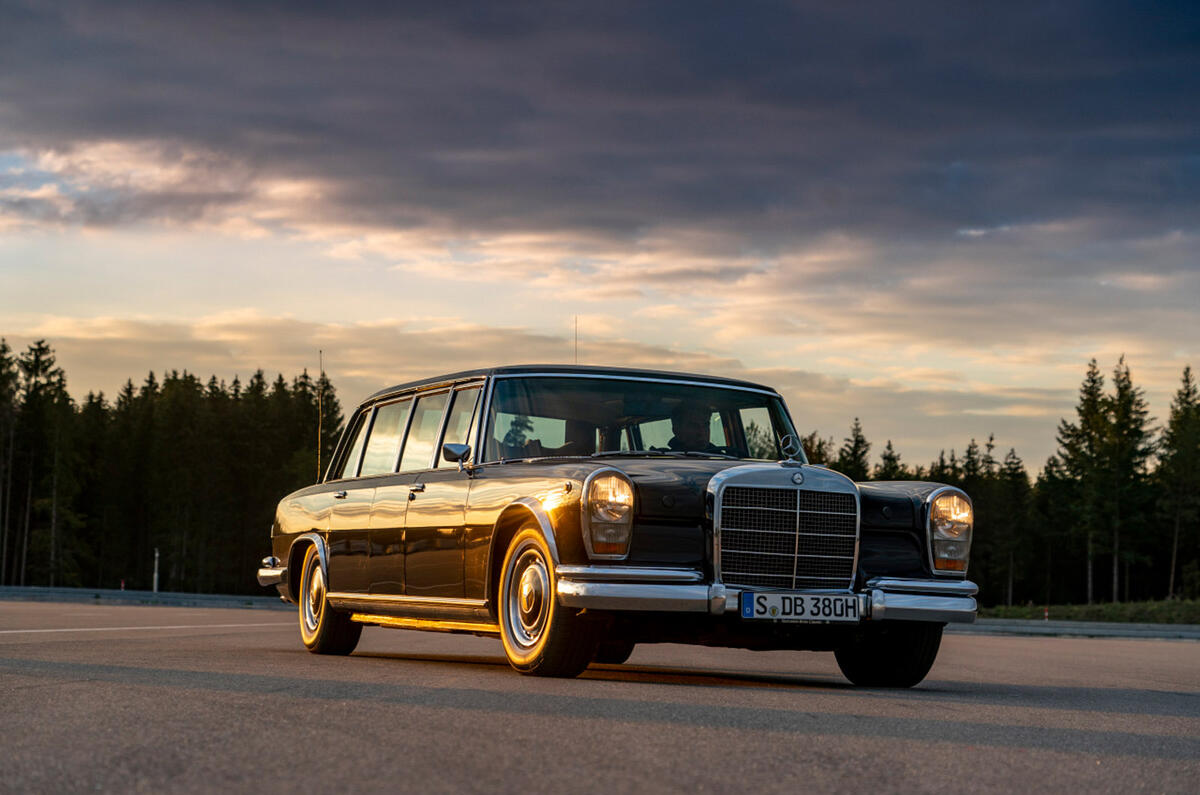


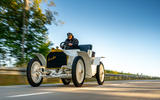







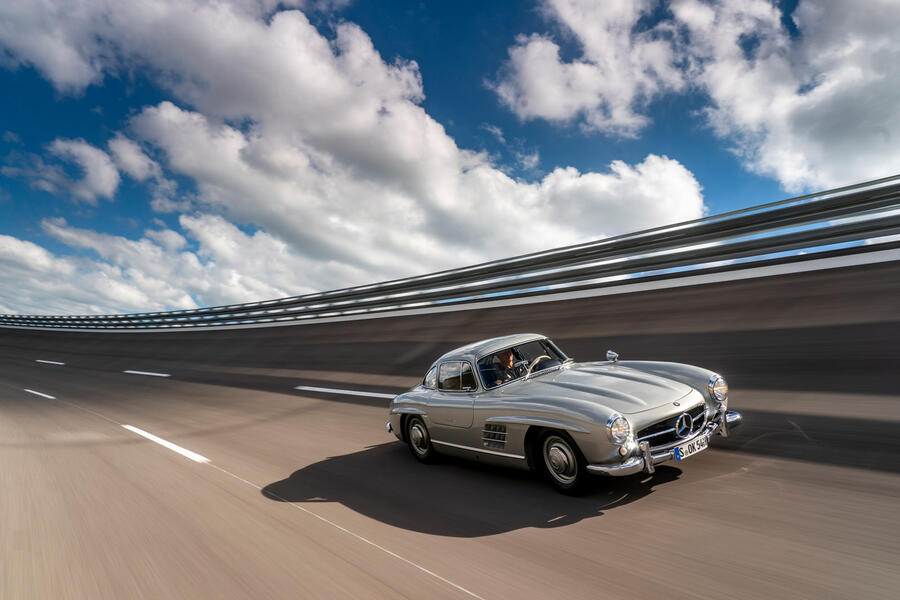


Add your comment